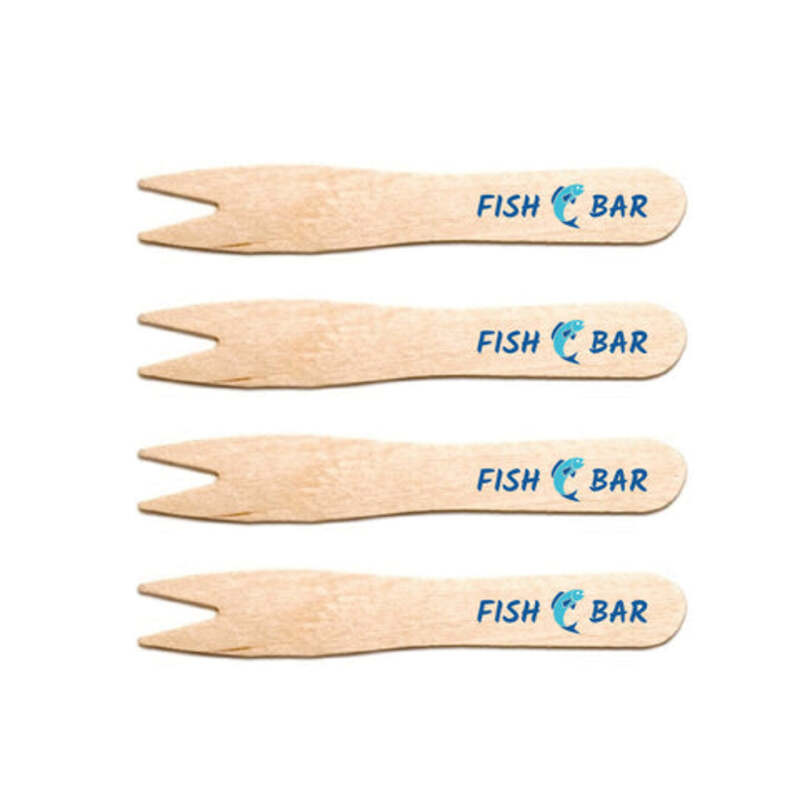The Art of Sandwich Wrapping Paper Design
In a world increasingly focused on aesthetics and sustainability, the design of sandwich wrapping paper has evolved beyond mere functionality. This innovation in packaging plays a pivotal role in how food is presented and perceived. The art of wrapping a sandwich not only protects it but also enhances the overall dining experience, making it more enjoyable and visually appealing. Here, we explore the nuances of sandwich wrapping paper design, including the significance of materials, graphics, and sustainability.
The Importance of Materials
The choice of material is fundamental in sandwich wrapping paper design. Traditionally, paper was used primarily for its ability to absorb moisture and grease while providing a lightweight and protective barrier. However, with growing environmental awareness, eco-friendly materials have gained prominence. Biodegradable paper, compostable films, and recyclable options are now preferred choices. These materials not only serve practical purposes but also resonate with consumers who are increasingly eco-conscious.
Waxed paper remains a classic option, providing a grease-resistant barrier that ensures sandwiches retain their freshness. More recently, innovations such as plant-based coatings and food-safe inks have emerged, allowing manufacturers to create items that are both functional and environmentally friendly. Designers must consider the entire lifecycle of the wrapping paper—from production to disposal—ensuring that sustainability is woven into the fabric of their designs.
Graphic Design Captivating Consumers
Graphic design is at the heart of sandwich wrapping paper, transforming it into a canvas that tells a story. The visual elements of the wrapping paper can convey a brand's identity, inspire appetites, and evoke emotions. The use of colors, typography, and illustrations is paramount. Bright colors and playful graphics can attract children and families, while sleek and minimalistic designs may appeal to a more sophisticated audience.
Designers often draw inspiration from food trends, local culture, or even seasonal themes. For example, a wrapping paper featuring vibrant illustrations of fresh vegetables and herbs can evoke a sense of freshness and health consciousness, enticing consumers to choose a healthier option. Designs can vary from hand-drawn sketches to digital illustrations, lending a personalized touch that sets a brand apart in a competitive market.
The typography on the wrapping paper can also play a critical role. Bold, playful fonts draw attention and create a fun atmosphere, while elegant scripts can suggest a premium product. The choice of typeface, combined with the paper's overall design, can influence perceptions and potentially elevate a simple sandwich into a gourmet experience.
sandwich wrapping paper design

The Narrative of Sustainability
In recent years, the food industry has faced increasing scrutiny regarding waste and environmental impact. Consumer behavior is shifting, with more individuals seeking to support sustainable practices. This cultural shift has prompted designers to incorporate sustainability narratives into their wrapping paper designs. Packaging that tells a story about its eco-friendly origins can resonate deeply with consumers, fostering brand loyalty.
For instance, wrapping paper that features messages about recycling, composting, or the sourcing of sustainable materials can engage consumers in a dialogue about their choices. Brands that transparently communicate their commitment to sustainability often see a boost in customer trust and preference. Notably, the incorporation of QR codes on packaging can direct consumers to digital platforms where they can learn more about the brand’s sustainability initiatives.
The Role of Functionality
While aesthetics are essential, functionality should never be overlooked in sandwich wrapping paper design. The paper must effectively protect the sandwich from contamination, moisture, and physical damage while being user-friendly. Tear-resistant, easy-to-handle materials can enhance the consumer experience, making it simple to enjoy a meal on the go.
Designers also consider practical aspects like the size and shape of the wrapping paper. Foldable designs that can be easily wrapped around a sandwich without tearing are highly sought after. Additionally, features such as pre-cut lines for easy folding and perforations for portion control can elevate the functionality of the packaging.
Conclusion
The design of sandwich wrapping paper marries art and practicality, influencing the way consumers perceive food and brands. Through the careful consideration of materials, graphics, sustainability, and functionality, designers can create wrapping papers that are not only visually appealing but also enhance the overall sandwich experience. As consumer preferences continue to evolve, so too will the designs of sandwich wrapping paper, reflecting a society that values both aesthetics and ethical practices in food production and consumption. With creativity and innovation at the forefront, the future of sandwich wrapping paper design is bright and full of potential.



